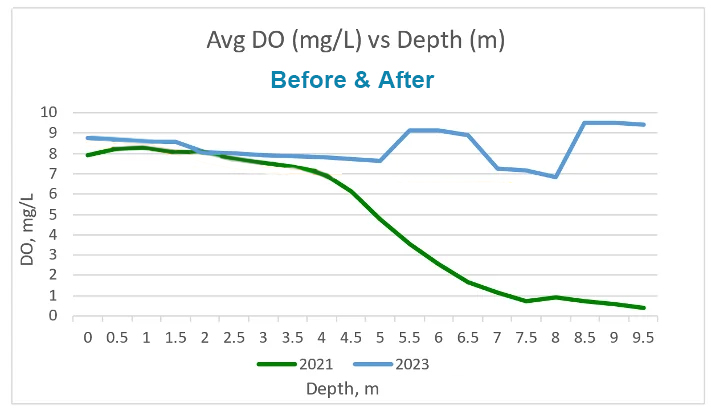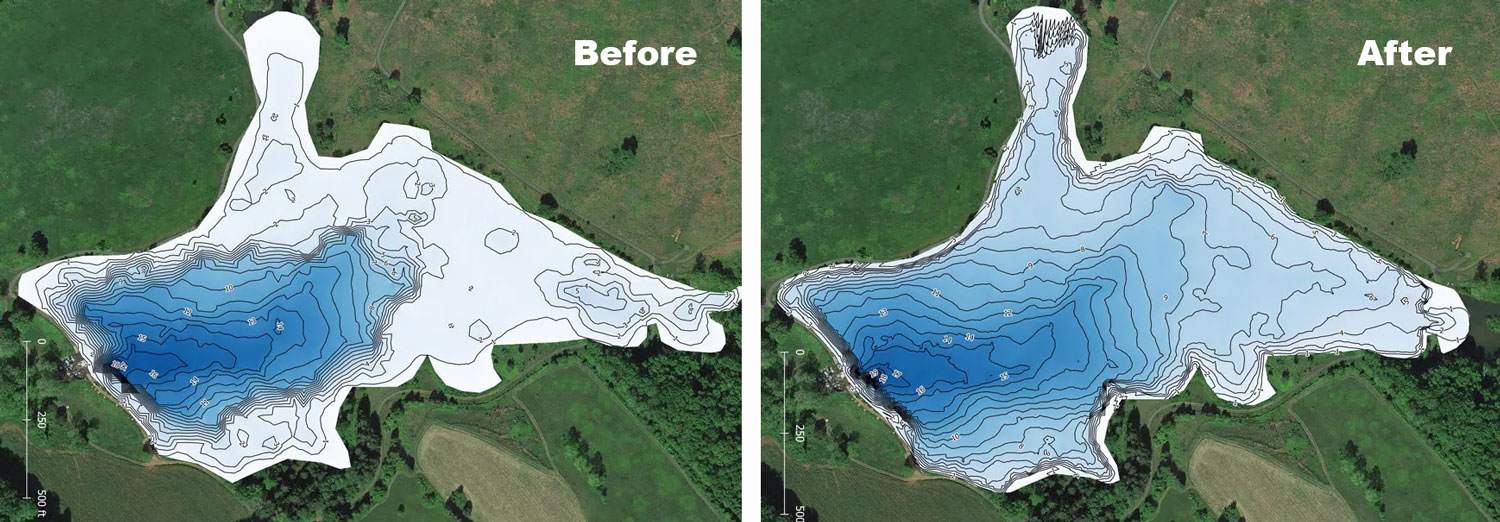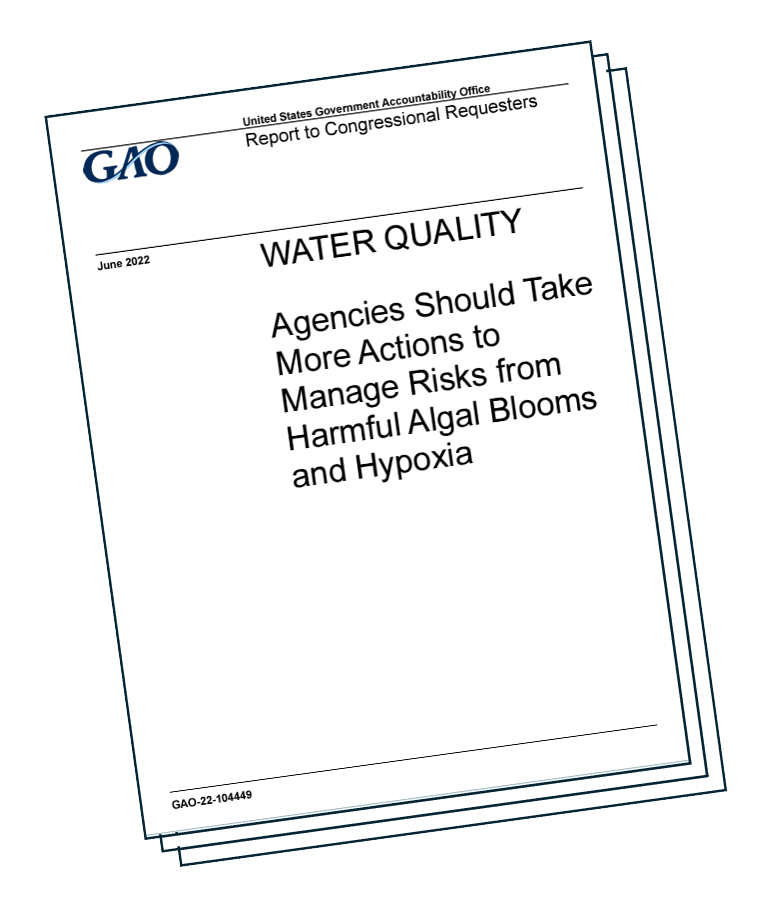LAKE RESTORATION: A COMPREHENSIVE APPROACH TO ADDRESSING EUTROPHICATION
THE CHALLENGES OF LAKE RESTORATION AND WATERSHED DEVELOPMENT
Since World War II, the rapid development of watersheds has led to a significant increase in nutrient and sediment loading in many lakes, resulting in a decline in water quality.
Excessive nutrient loading is primarily attributed to the overuse of fertilizers, malfunctioning septic systems, poor erosion control, and improper waste disposal within the watershed. Over time, these nutrients accumulate in the mucky organic sediment at the bottom of lakes, fueling a continuous cycle of nutrient recycling known as eutrophication.
As development expands, the increase in hard-surfaced areas amplifies the volume and velocity of water flowing through the watershed into surface waters. This runoff erodes soils and carries organic materials, nutrients, and inorganic particles (sand, silt, and clay) into receiving waters, further degrading lake water quality and reducing depth.

NUTRIENT POLLUTION: THE PRIMARY CAUSE OF HYPOXIA IN LAKES
The US Environmental Protection Agency (EPA) recognizes nutrient pollution, caused by excess nitrogen and phosphorus in air and water, as one of the most pervasive, costly, and challenging environmental problems in America.
As nutrients accumulate in lakes, they promote the excessive growth of aquatic weeds and harmful algal blooms, which can quickly overwhelm the ecosystem. Excessive weed growth impedes navigation, restricts recreational activities, creates stagnant zones, and reduces natural oxygen transfer due to the lack of wave action and circulation.
Algal blooms deteriorate water quality and aquatic habitats, depleting the oxygen that fish and other aquatic life need to survive. Large blooms drastically reduce oxygen levels, leading to increased bacteria, odors, and fish kills.
Some cyanobacteria (blue-green algae) blooms produce elevated toxins and bacterial growth that can cause illness in pets, children, and adults who come into contact with contaminated water or consume tainted fish or shellfish.
When invasive plants die, either through herbicide applications or seasonal die-off, they sink to the lake bottom, decompose, and contribute to the organic sediment or muck layer.
As muck accumulates year after year, it increases available nutrients, reduces water depth, and allows more sunlight to penetrate the water column. This cycle perpetuates until the lake becomes more conducive to plant life than aquatic life.
THE CRITICAL ROLE OF OXYGENATION IN LAKE RESTORATION
The 2022 US Government Accountability Office report emphasized the crucial role of oxygen depletion and hypoxia in driving eutrophication and increasing the risk of toxic cyanobacteria Harmful Algae Blooms (HABs) in lakes and reservoirs.
Excessive weeds, algae, lack of dissolved oxygen, odors, fish kills, increased coliform bacteria and toxic HABs are all symptoms of the underlying problem: nutrient recycling or eutrophication. The United States Geological Survey (USGS) defines eutrophication as “the process by which a body of water acquires a high concentration of nutrients, especially phosphates and nitrates.” These nutrients are stored in the sediment, where they are continuously recycled, promoting excessive algal growth.
As algae die and decompose, high levels of organic matter and decomposing organisms deplete the water of available oxygen, causing the death of other
organisms, such as fish. Therefore, the critical first step in any lake restoration management plan must be the oxygenation of the entire water column.
RADOR OXYGENATION SYSTEMS:
THE FOUNDATION OF LAKE RESTORATION
The cornerstone of Clean-Flo’s lake restoration programs is the RADOR (Rapid Acting Dissolved Oxygen Restoration ) system, which ensures the necessary increase in oxygen levels throughout the entire water column.
Numerous studies have demonstrated that high, stable oxygen levels reduce nutrients and minerals in the water column and can keep phosphorus locked into the organic sediments.
Clean-Flo’s RADOR systems are designed using compressors of various sizes (based on the application and size of the lake), along with self-sinking airline and RADOR diffusers that maintain full oxygenation from the bottom to the surface of the water.
By increasing dissolved oxygen levels throughout the water column, the RADOR system initiates a sequence of events that Bio-Dredge mucky sediment, control aquatic weeds, improve water quality, reduce organic muck, nutrients, odor, harmful gases, and coliform bacteria, and restore the nutrient clearing capacity of the food web by improving fish growth and health.

BIOAUGMENTATION: RESTORING BIOLOGICAL BALANCE
The second step in restoring balance to a lake is bioaugmentation, which involves the use of enzymes to break down organic muck, similar to a compost pile.
Boosted by natural enzymes, aerobic bacteria and micro-organisms consume the organic muck and nutrients, while aquatic insects feed on the bacteria, increasing the natural food source for fish. As water quality improves, swimming conditions get safer.
The reduction of organic sediments helps control aquatic weeds by minimizing the nutrient-rich rooting bed that mucky sediment provides for their growth.
In addition to enzymes, Clean-Flo provides critical micronutrients to stimulate the growth of organisms that form the foundation of a productive food web, enabling the restoration of nutrient clearance.
Consistent use of these products over time reduces nutrient availability and helps maintain clean and healthy water.

bathymetry-analysis-b-a
2017 vs 2022 Depth Profiles for Roland Lake, VA, an increase of 55% in total volume for the lake
NUTRIENT SPONGES: REDUCING NUTRIENT INFLOWS
A third and final step that can be deployed is Clean-Flo’s nutrient sponge, formulated to reduce phosphorus and nitrogen as water passes through the material.
Nutrient sponges can be used wherever water flows into the lake to reduce incoming nutrients and can also be used within the lake to help reduce available nutrients.
Clean-Flo develops custom bioaugmentation programs based on the specific conditions of each lake, ensuring a tailored approach to restoration and long-term health. By combining advanced oxygenation technology (RADOR systems), bioaugmentation, and nutrient sponges, Clean-Flo offers a comprehensive solution to address the challenges of eutrophication and restore the ecological balance of lakes.
The successful restoration of a lake requires a multifaceted approach that addresses the root causes of water quality degradation.
By leveraging cutting-edge technologies and a deep understanding of lake ecology, Clean-Flo is well-equipped to help lake managers, communities, and stakeholders achieve their goals of improved water quality, enhanced recreational opportunities, and the preservation of aquatic ecosystems for future generations.
Download the Lake Management ACTION Plan E-Book
Ready to explore how oxygenation can transform your lake? Download Clean-Flo’s Lake Management ACTION Plan E-Book to learn more about our innovative solutions, real-world results, and how we can help restore and protect your lake.

